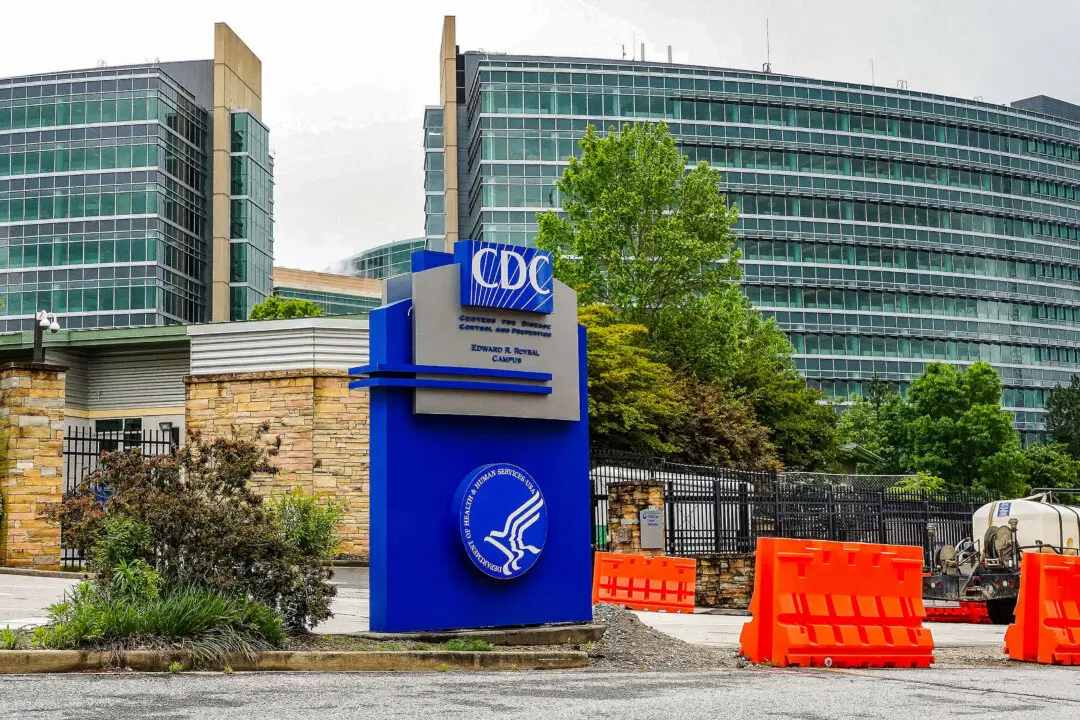A state of emergency was issued by Maryland Gov. Larry Hogan for the state ahead of Hurricane Florence’s landfall in the southeastern United States.
While Florence is predicted by the U.S. National Hurricane Center (NHC) to make landfall in North Carolina or South Carolina, the storm’s destructive impact may reach Maryland.




